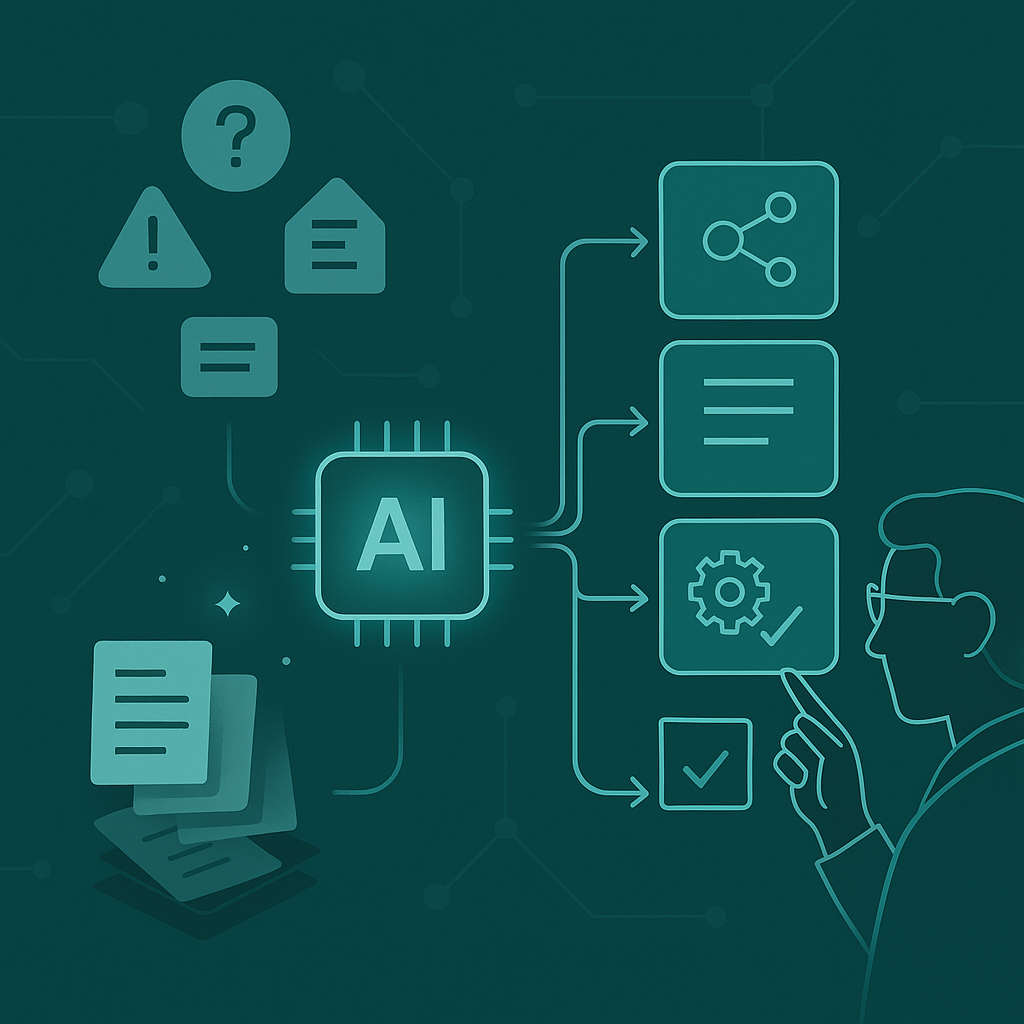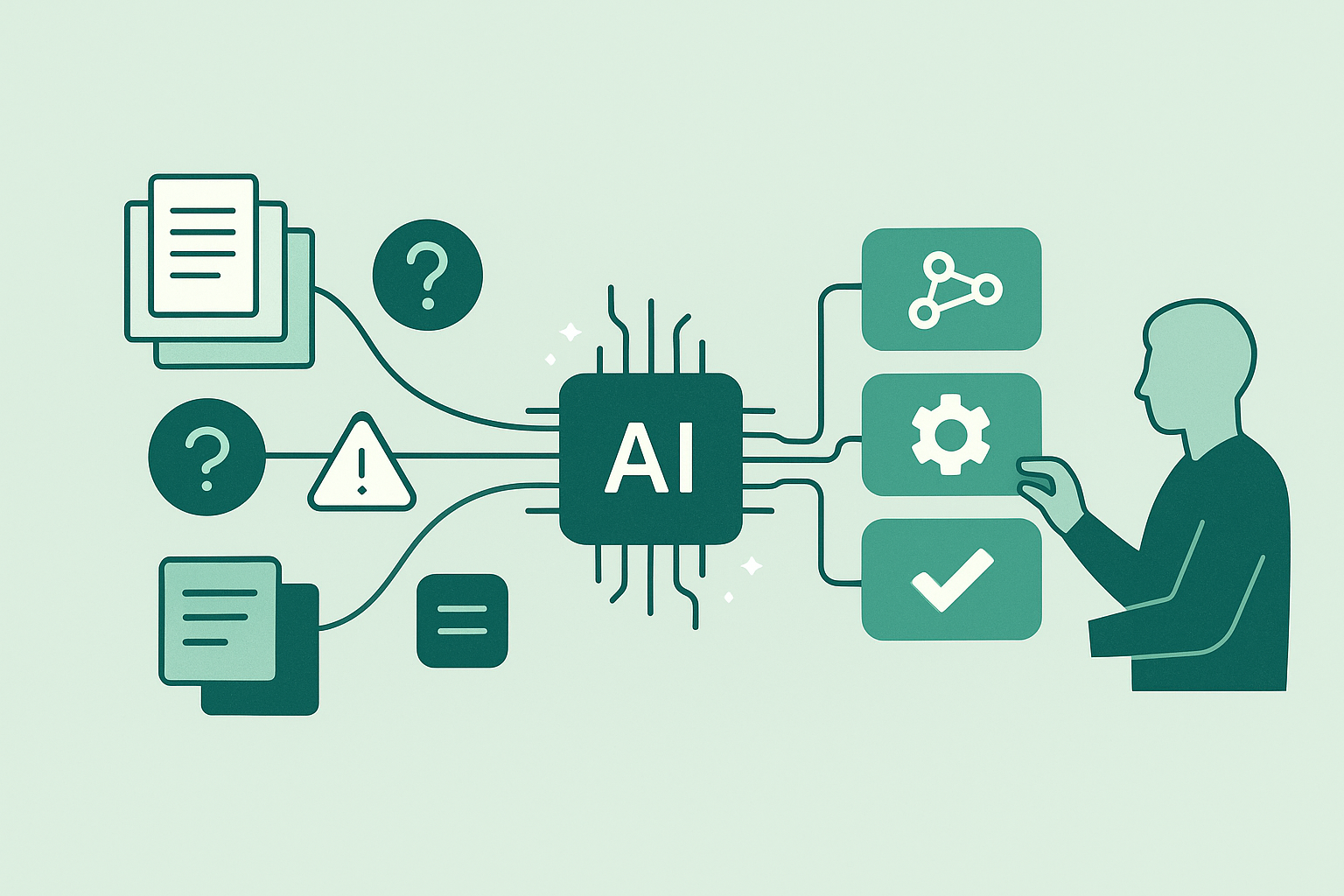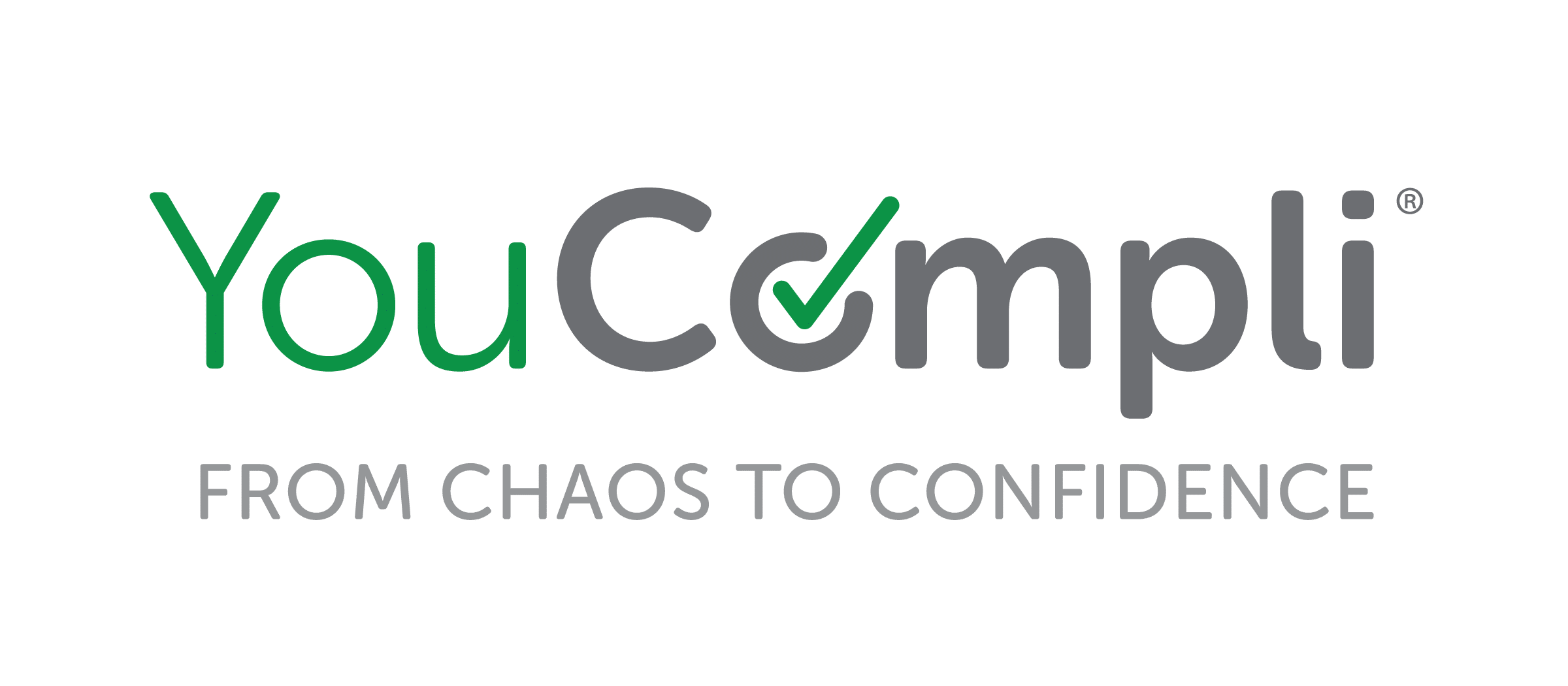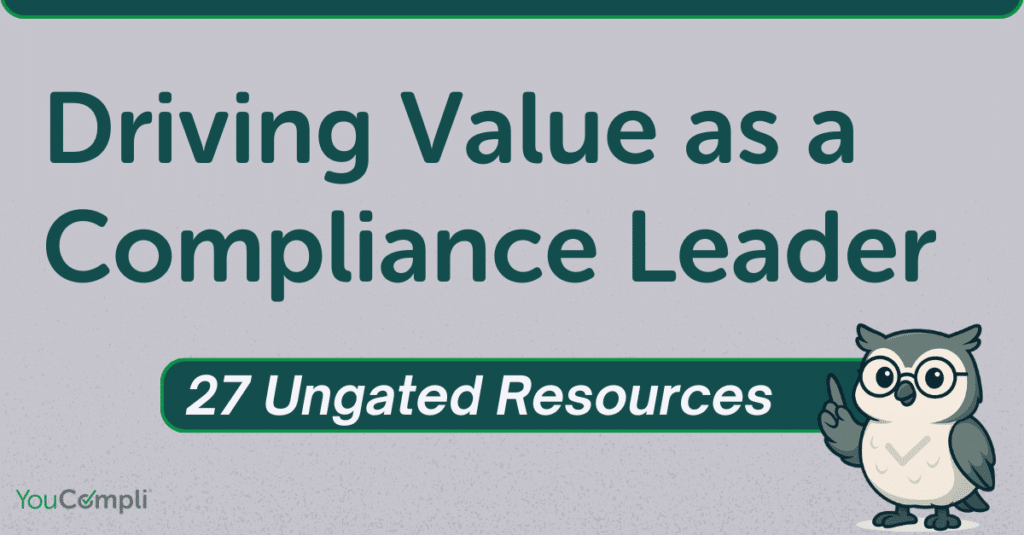Artificial intelligence is beginning to reshape the compliance landscape, but the field is still in the early stages of adoption. Compared with other business functions, compliance has been slower to embrace AI, especially in healthcare, where concerns about risk, regulation, and potential bleed-over into clinical decision-making have made organizations particularly cautious.
Yet the opportunity is substantial, especially when it comes to systems thinking.
Why Systems Thinking Matters in Compliance
Effective compliance programs depend on systems thinking. Rather than viewing each request for guidance, investigation, or remediation as an isolated issue, savvy compliance teams look at how individual problems fit into larger patterns.
One of the challenges in any business function is the tension between individual heroics and well-designed systems, and, ultimately, systems win every time. Many compliance officers have been conditioned to act like lifeguards, diving in to save departments from themselves. But this reactive approach consumes time and limits impact. You stay busy, but the organization doesn’t necessarily become more compliant.

Shifting away from heroic interventions requires time, strategic thinking and structural planning, resources that compliance professionals rarely have in abundance. This is where AI becomes a powerful ally.
How AI Helps Compliance Move from Reactive to Proactive
The key to building proactive compliance is carving out the mental space to think more broadly about operational processes. AI doesn’t replace human expertise, but it can significantly accelerate the work.
AI tools can analyze the countless issues compliance teams handle daily and help generate system-level recommendations. Think of AI as a partner that gets you to the 50- or 60-yard line, far enough to give you a strong foundation, but still requiring human judgment to complete the plan.
Using AI to Organize Compliance Processes
The first step is identifying patterns:
- What repeatedly goes wrong?
- What are the recurring themes?
- Where are the inefficiencies or high-risk points?
Once you see the trends, you can begin imagining the systems that will address them. AI excels at helping structure these ideas.
A practical way to start is by giving your AI assistant raw input:
- Here’s what is happening.
- Here’s the environment.
- Here are the recurring issues.
Then you can prompt the AI with something like:
“I want to build a system to help identify and minimize these risks within a complicated environment. What elements should be included, and what considerations fall under each element?”
The output becomes a foundation, a map of decision points and organizational steps you can refine.
Supercharging Systems Thinking
Compliance work is complex, and many officers get stuck not because they lack insight but because they lack time. AI helps break the gridlock by organizing information, highlighting key considerations, and suggesting frameworks.
The AI provides structure; the compliance professional brings subject-matter expertise. In this collaborative process, the AI’s suggestions spark additional ideas and help you think more holistically. The result is a level of systems thinking that becomes far more accessible even in hectic environments.
The Human-AI Partnership
Despite its power, AI cannot replace an experienced compliance officer. It draws from online information and from what you feed it, but it cannot grasp organizational nuance, personalities, or culture.
For example, an AI may outline a solid system, but only the compliance officer understands how a skeptical executive will respond. That’s where the human element comes in. You can ask the AI to help tailor communications or anticipate objections, but the strategic decision-making remains yours.
Staying Focused with AI Frameworks
One of the hidden challenges of compliance work is staying focused long enough to complete long-term system projects. Urgent tasks constantly pull attention away, and partially built frameworks can easily get lost for months.
AI-created structures help maintain focus. They provide guardrails, the methodological anchors that keep the conversation and planning on track. Most of the framework can often be developed in a single sitting, creating a roadmap you can return to even if you’re pulled into other issues.
Even with the limitations of some AI tools, especially free versions that cap conversation length, paid versions make it easier to resume discussions, refine ideas, and maintain continuity.

A Faster Roadmap to a Roadmap
Compliance professionals work hard and add value every day, but much of that value is short-term because they lack the time to build the long-term systems that create lasting change.
AI solves this by offering a “faster roadmap to a roadmap.” It accelerates the groundwork:
- Defining the problem
- Outlining the system
- Highlighting the risks
- Mapping the components
That clarity frees the compliance officer to focus on the human side of adapting the system to the organization, navigating culture, and communicating effectively with leaders.
With an AI-driven framework, compliance work becomes more disciplined, efficient, and proactive. Systems thinking becomes not only achievable, but sustainable. AI doesn’t replace the expertise of compliance professionals—it elevates it.
27 Ungated Resources for Compliance Leaders and Teams
Compliance professionals sometimes feel undervalued in comparison to other functions in their organization. They think leaders and colleagues don’t really understand what they do.
These resources will help. Packed with ideas, tips and recommendations, these pieces were written by professionals with many years of compliance experience.
You can quickly skim for articles that relate to your needs and interests. Bookmark this page as a reference for future questions or projects.












